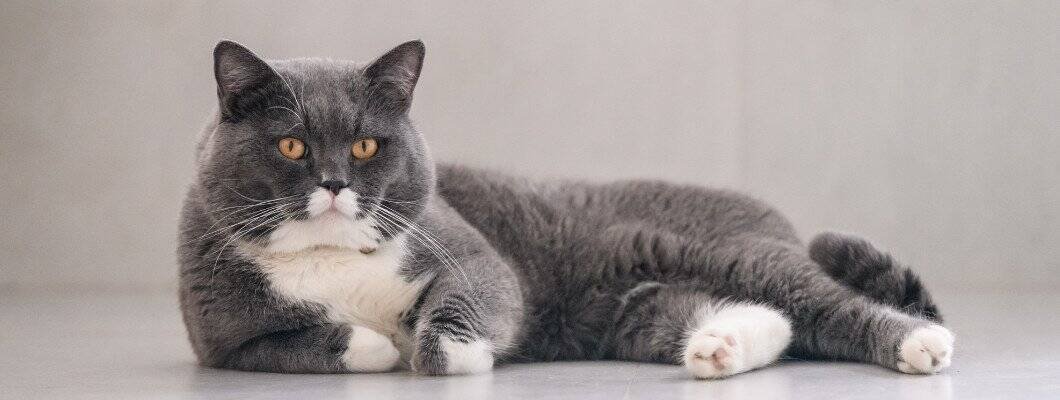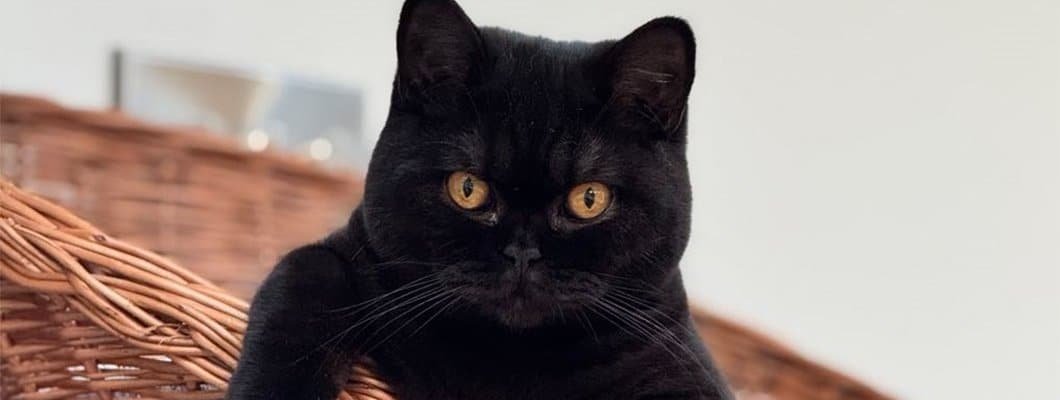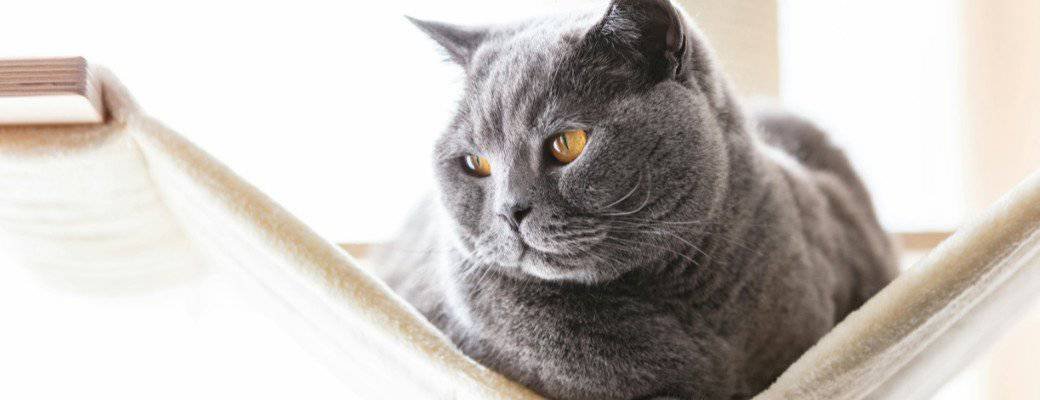British Shorthairs are known for their solid build, round faces, and sturdy bodies. They're not dainty little lap cats, they're built like little tanks, with broad chests and strong limbs. But with that natural heft comes a challenge: how do you tell the difference between a healthy, solid British Shorthair and one that's carrying a few too many pounds?
As a judge, feline behaviourist, and owner of Rosie, my sleek but stocky black British Shorthair, I can tell you it’s a question that comes up time and time again. Let’s break it down and help you keep your British Shorthair in tip-top shape.
What Is the Ideal Weight for a British Shorthair?
There's a natural weight range for British Shorthairs, but remember, every cat is an individual. Factors like sex, bone structure, and whether they’ve been neutered all play a role.
General weight guidelines:
Adult females: 4–6 kilograms
Adult males: 5–8 kilograms
Some particularly large males may weigh even a bit more, while petite females might fall at the lower end of the scale.
Rosie, for example, weighs around 5.2kg—just right for her frame. She’s solid, muscular, and certainly no featherweight, but she’s not overweight either.
It’s more important to focus on body condition than to obsess over the scales. A healthy British Shorthair should be well-rounded but not flabby.


How to Check If Your British Shorthair Is a Healthy Weight
The best way to assess your British Shorthair’s weight is through a simple hands-on check.
Look and feel for these signs:
Ribs: You should be able to feel (but not easily see) the ribs under a light layer of fat.
Waist: Viewed from above, there should be a slight waist behind the ribs.
Tummy: There should be no hanging belly dragging the floor, although a small ‘primordial pouch’ is normal.
Overall shape: British Shorthairs are cobby and rounded, but they shouldn’t resemble a furry footstool.
If you're unsure, your vet can perform a Body Condition Score (BCS) check during a routine visit. Aim for a 5 out of 9 score—where the cat is neither too thin nor overweight.
Why British Shorthairs Are Prone to Weight Gain
British Shorthairs have a few natural traits that put them at higher risk for putting on extra pounds:
Low energy levels: They're naturally calm and not as active as some other breeds.
Big appetite: Many British Shorthairs love their food and are happy to overindulge if allowed.
Stocky build: Their natural roundness can hide early signs of weight gain.
Rosie would happily munch her way through unlimited treats if she had the chance, but because I know her breed’s tendencies, I stick to set meal portions and use puzzle feeders to make mealtimes more stimulating.
Tips for Maintaining a Healthy Weight


1. Watch Portions Carefully
British Shorthairs aren’t great at self-regulating their food intake. Follow feeding guidelines based on weight and activity level, and adjust if needed to prevent creeping weight gain.
2. Choose High-Quality Food
Pick a good-quality, high-protein cat food with moderate fat content. Avoid foods high in fillers like corn or wheat, which can add unnecessary calories.
3. Encourage Daily Play
Even a few short bursts of play each day can make a huge difference. Rosie loves feather wands and will happily bat a soft ball across the floor when the mood strikes.
4. Monitor Their Shape, Not Just Their Weight
Use your hands and eyes to assess your cat’s body condition every few weeks. If you notice the waistline disappearing or a wobbly tummy forming, it’s time to review the diet and activity routine.
5. Weigh Regularly
Weigh your British Shorthair monthly at home if you can. A simple digital baby scale works well. This way, you’ll spot any trends before they become problems.


FAQs About British Shorthair Weight
Adult females typically weigh between 4 and 6kg, and adult males between 5 and 8kg.
If you can’t easily feel the ribs or see a waist when viewed from above, they may be overweight. A vet check can confirm it.
A balanced, high-protein diet designed for indoor or less active cats is usually best. Avoid free-feeding dry kibble.
Yes. Their calm nature and love of food mean they’re at a higher risk, so portion control and exercise are important.
Interactive play sessions, puzzle feeders, and even training games can help keep them moving and mentally stimulated.
Final Thoughts on British Shorthair Ideal Size
British Shorthairs are built differently to many other cats, they’re supposed to be chunky and strong. But there’s a fine line between "solid" and "overweight," and it’s one you’ll want to keep a close eye on.
Rosie is a great example of a British Shorthair with healthy curves. She’s rounded but firm, with a sleek coat and a mischievous glint in her eye. Keeping her at a healthy weight has meant regular monitoring, portion control, and a little daily play—and it’s more than worth it for her long-term health.
By understanding your British Shorthair’s natural shape and being proactive with diet and exercise, you’ll help your cat live a long, comfortable, and happy life.
